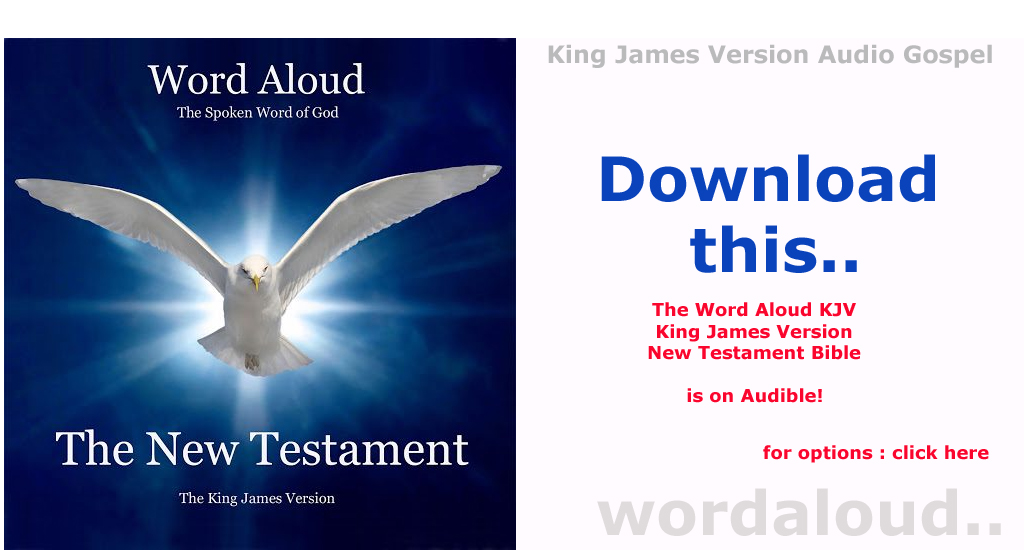Christian Art | Child At Prayer With Jesus
Office Of Readings | Monday, Lent Week 4 | A Reading From The Homilies Of Origen On The Book Of Leviticus | Jesus Is Our High Priest
‘Christ the priest, Christ our propitiation.’
Origen’s Theological Vision
Origen of Alexandria (c. 185–c. 253) was a prolific early Christian scholar and theologian whose works shaped Christian thought. His method of biblical interpretation often sought deeper, spiritual meanings beyond the literal text, emphasizing typology—the idea that events and figures in the Old Testament prefigure their fulfilment in the New Testament. His homily on the high priest’s atonement exemplifies this approach, presenting Christ as the ultimate realization of the Levitical priesthood.
Christ As The True High Priest
In the Jewish tradition, the high priest would enter the Holy of Holies once a year on the Day of Atonement (Yom Kippur) to make expiation for the sins of the people. This annual ritual, while significant, was only a shadow of the true atonement that would come through Christ. Origen, drawing from the Epistle to the Hebrews, asserts that Christ, the true High Priest, does not merely enter a physical sanctuary but ‘passes through the heavens’ into the very presence of the Father. Christ’s atonement is not temporary but eternal, securing divine mercy for all who believe in him.
Origen emphasizes the continuous nature of Christ’s priesthood. Unlike the high priests of the Old Covenant who had to repeat their sacrifices yearly, Christ’s offering is definitive and unceasing: ‘We have then a day of atonement that remains until the world comes to an end.’ This notion aligns with Hebrews 7:24-25, which speaks of Christ’s eternal intercession for humanity. Origen’s teaching reassures believers that Christ’s mediation is not confined to a single historical moment but remains ever-present, continually drawing sinners into reconciliation with God.
Blood Of Atonement And The Eucharist
Origen makes a crucial theological move by interpreting the high priest’s sprinkling of blood as a prefiguration of Christ’s redemptive blood. He urges readers not to think of this merely as an earthly ritual but to recognize that ‘the blood of the Word’ is what truly atones for sin. This directly connects to the Christian understanding of the Eucharist, where Christ’s blood is offered for the forgiveness of sins (Matthew 26:28). Origen’s reading deepens the believer’s appreciation of the sacramental life of the Church, reinforcing the idea that participation in the Eucharist is an encounter with the ongoing reality of Christ’s atonement.
Symbolism Of The East
A striking feature of Origen’s interpretation is his focus on the eastward direction of the high priest’s sprinkling of blood. He sees this as a symbol of Christ, the ‘dayspring from on high’ (Luke 1:78), who brings salvation from the east. The east is a powerful motif in Christian tradition, often associated with resurrection and divine illumination. Origen exhorts believers to ‘look always to the east’—a call to remain oriented towards Christ, who is the true light and the source of salvation.
This image of the east also connects with early Christian liturgical practices. Many ancient churches were built facing east, signifying the expectation of Christ’s return. Origen’s exhortation, therefore, carries both a theological and practical dimension: believers are to live in constant readiness for Christ’s coming, keeping their gaze fixed on the light of truth and rejecting the darkness of ignorance and sin.
Spiritual Application | Walking In The Light
Origen’s homily concludes with an exhortation to avoid spiritual blindness and ignorance. He warns against being engulfed in ‘the night and mist of ignorance’ and calls for believers to remain in ‘the daylight of faith’. This resonates with Christ’s own words in John 8:12: ‘I am the light of the world; whoever follows me will not walk in darkness, but will have the light of life.’ Origen’s interpretation challenges Christians to live in continual conversion, allowing the light of Christ’s truth to guide their thoughts, actions, and aspirations.
Furthermore, his message remains deeply relevant for modern believers. In a world where distractions, misinformation, and moral relativism obscure the clarity of divine truth, Origen’s call to ‘hold fast always to the light of love and peace’ serves as an enduring reminder to seek God in faith, hope, and charity.

A Reading From The Homilies Of Origen On The Book Of Leviticus
Once a year the high priest, leaving the people outside, entered that place where no one except the high priest might enter. In it was the mercy-seat, and above the mercy-seat the cherubim, as well as the ark of the covenant and the altar of incense.
Let me turn to my true high priest, the Lord Jesus Christ. In our human nature he spent the whole year in the company of the people, the year that he spoke of when he said: He sent me to bring good news to the poor, to announce the acceptable year of the Lord, and the day of forgiveness. Notice how once in that year, on the day of atonement, he enters into the holy of holies. Having fulfilled God’s plan, he passes through the heavens and enters into the presence of the Father to make him turn in mercy to the human race and to pray for all who believe in him.
John the apostle, knowing of the atonement that Christ makes to the Father for all men, says this: Little children, I say these things so that you may not sin. But if we have sinned we have an advocate with the Father, Jesus Christ, the just one. He is the atonement for our sins in his blood, through faith. We have then a day of atonement that remains until the world comes to an end.
God’s word tells us: The high priest shall put incense on the fire in the sight of the Lord. The smoke of the incense shall cover the mercy-seat above the tokens of the covenant, so that he may not die. He shall take some of the blood of the bull-calf and sprinkle it with his finger over the mercy-seat towards the east.
God taught the people of the old covenant how to celebrate the ritual offered to him in atonement for the sins of men. But you have come to Christ, the true high priest. Through his blood he has made God turn to you in mercy and has reconciled you with the Father. You must not think simply of ordinary blood but you must learn to recognise instead the blood of the Word. Listen to him as he tells you: This is my blood, which will be shed for you for the forgiveness of sins.
There is a deeper meaning in the fact that the high priest sprinkles the blood towards the east. Atonement comes to you from the east. From the east comes the one whose name is Dayspring, he who is mediator between God and men. You are invited then to look always to the east: it is there that the sun of righteousness rises for you, it is there that the light is always being born for you. You are never to walk in darkness; the great and final day is not to enfold you in darkness. Do not let the night and mist of ignorance steal upon you. So that you may always enjoy the light of knowledge, keep always in the daylight of faith, hold fast always to the light of love and peace.








